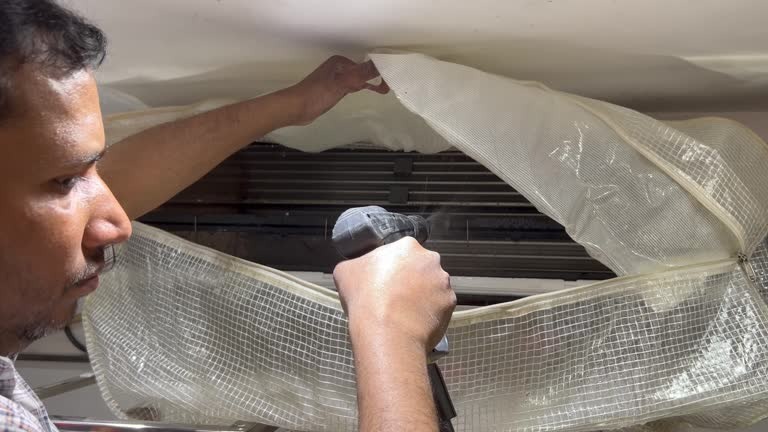
Water damage can pose significant risks to businesses, leading to financial loss, operational disruptions, and long-term reputational harm. Effective business preparedness is crucial in reducing these risks and ensuring continuity. By implementing strategic measures, companies can safeguard their assets and maintain operational resilience.
To begin with, understanding the potential sources of water damage is essential. These can range from natural disasters such as floods and hurricanes to internal issues like plumbing failures or leaks. Conducting a comprehensive risk assessment helps identify vulnerabilities specific to the business’s location and infrastructure. This assessment should be revisited periodically to account for changes in climate patterns or structural modifications.
Once potential risks are identified, developing a robust emergency response plan becomes imperative. This plan should outline clear procedures for mitigating water damage during an incident. It includes designating responsibilities among staff members, establishing communication protocols, and identifying critical assets that require priority protection. Regular drills ensure that employees are familiar with these procedures and can act swiftly when necessary.
Investing in appropriate infrastructure improvements also plays a vital role in minimizing water-related risks. Installing sump pumps, backflow valves, or flood barriers can prevent water ingress during adverse weather events. Additionally, maintaining regular inspections of plumbing systems ensures early get more insights detection of leaks or weaknesses that could lead to significant damage if left unaddressed.
Insurance coverage tailored specifically for water damage is another critical component of business preparedness. Reviewing existing policies with insurance providers helps determine if they adequately cover potential scenarios relevant to the business’s operations and location-based risks.
Furthermore, leveraging technology aids significantly in monitoring environmental conditions proactively—utilizing sensors capable of detecting moisture levels within buildings allows for timely intervention before minor issues escalate into major problems requiring costly repairs later on down the line; this not only minimizes immediate damages but also contributes towards long-term savings by preventing extensive restoration efforts altogether!
Effective communication strategies enhance overall preparedness too! Establishing strong relationships with local authorities enables access valuable information regarding impending weather threats while keeping stakeholders informed about any developments related directly impacting your organization’s ability function optimally under challenging circumstances—transparency fosters trust amongst clients/customers alike thereby preserving brand reputation even amidst crises situations where others might falter due lack adequate planning foresight beforehand!



